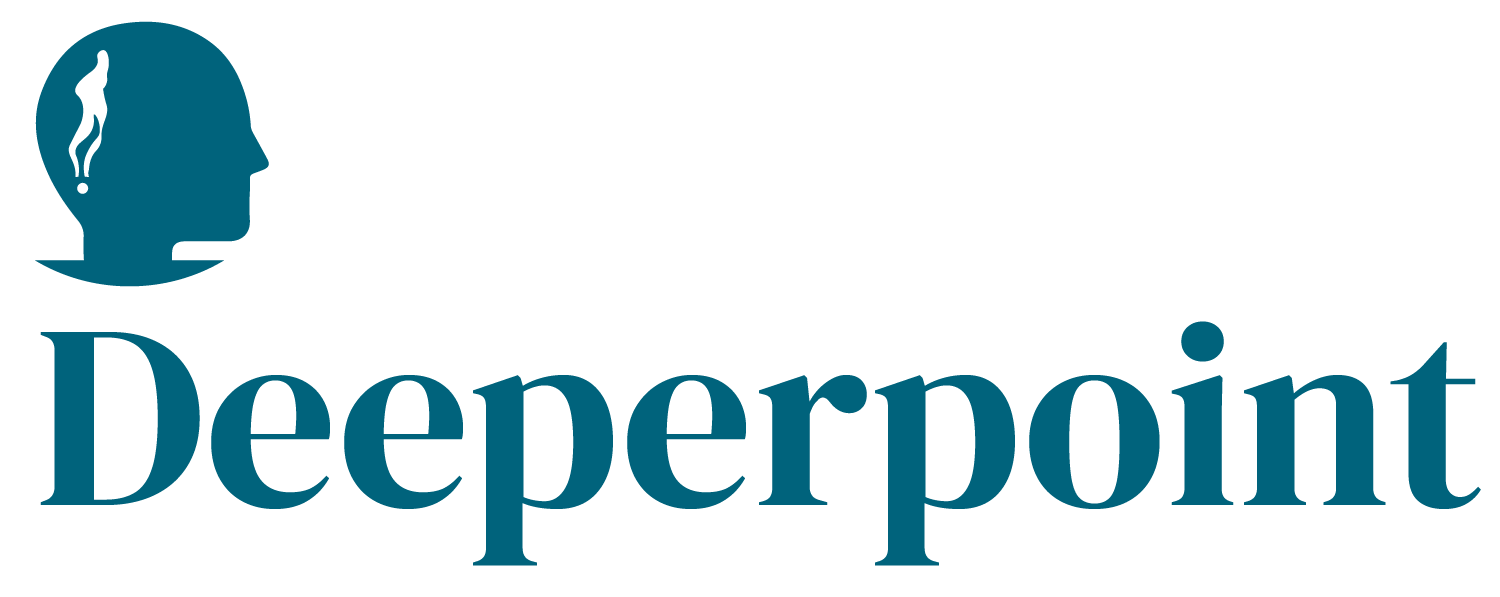As powerful as Large Language Models (LLMs) and Retrieval-Augmented Generation (RAG) can be, they come with real risks—especially when applied to market matching in thin and high-stakes environments.
Common Risks:
- Hallucinations: AI sometimes generates information that sounds plausible but is not factually accurate.
- Missed Opportunities: If key data is missing from the prompt or context, the AI might fail to surface the best matches or most relevant insights.
- Inconsistent Outputs: Different phrasing or prompts may yield wildly different results.
How Cosolvent Minimizes These Risks:
- Curation of Industry Context: Cosolvent supports curated, verified industry documents to provide a reliable foundation for AI reasoning. This helps ground responses in factually accurate, up-to-date materials.
- Precise Prompt Engineering: Prompts are carefully crafted to instruct the AI to stick closely to facts found in uploaded profiles and industry context. Cosolvent avoids speculative or open-ended prompts in high-risk scenarios.
- Profile Pre-Approval: Market participants can review and approve their AI-generated profiles before they are added to the searchable corpus. This ensures accuracy, privacy, and relevance.
- Clear Disclaimers & User Controls: AI-generated outputs are flagged as such, and users are reminded that human judgment remains essential. Where appropriate, confidence scores or missing data flags can highlight uncertain answers.
Cosolvent’s approach blends automation with safeguards—helping users get the benefits of AI while minimizing the risks of error, inconsistency, or bias.
